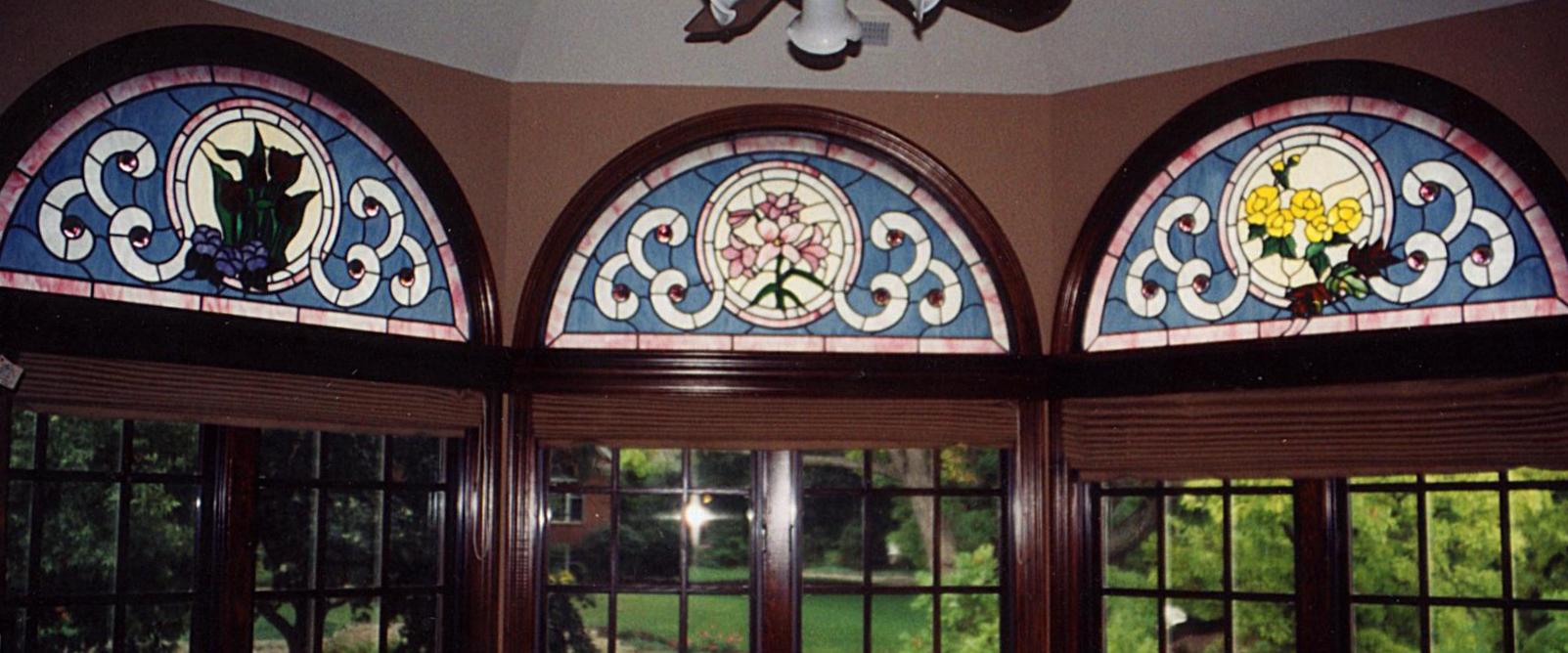the best way to buy stained and beveled glass

Buying stained glass properly does not have to be complicated but the consumer must know enough to be an educated buyer. Here are just a few things they should keep in mind.
No need to settle for something you will not be thrilled with. There are so many options available in terms of colors, glass textures, and design motifs that there is no reason to settle for something that is less than exactly what you will be happy with. This does not mean that everything is possible within a limited budget but, as a general rule, there is never a reason to settle for something uninspired or uninspiring.
Give the stained glass artist leeway. Rely on the artist for information and recommendations. There is no need to have to design your glass yourself. This is part of the artist's job.
Don't be held back because you don't know exactly what you want. Think instead of the problem you want to solve, the effect you would like to achieve and the budget available. If you can imagine a style, message, mood or function in your home or church, the stained glass artist should be able to enhance it for you with stained or beveled glass.
Realize that quality work in design and construction is labor intensive and often takes a considerable amount of time. Expect to pay about the same as you would for any fine art. You can get a stained glass window that is the equivalent to Elvis on velvet bought at the corner gas station but an exquisite work in glass is going to be conceived and priced more like a fine watercolor or oil painting.
Don't be misled by the price and fabrication techniques of stained glass craft items. These little suncatchers are cute window decorations but should not be used as a benchmark in any way for architectural or fine decorative stained glass. The relationship of suncatchers to traditional stained glass is the same as popcorn to a gourmet dinner.
Don't try to restrict the artist or force compromises you may regret in the future. For example, some people are very opposed to any kind of reinforcement attached to their window. They don't want the reinforcement interfering with the design. The client would be wrong doing this for at least 2 reasons. First, a well designed window can include reinforcement that will be practically invisible. Second, the client is trying to make technical decisions which he or she is most likely not qualified to make. The use of certain colors is another area that clients have very strong but often uniformed opinions in. Maybe you like red but insisting on using to much of it may make the window look like it is on fire.
Nevertheless, don't be shut out of the design and other decision processes. The best results for you will come when you are informed and involved throughout the project. Avoid temperamental "artistes" who don't want "uniformed input" or "interference" from their client. Also, avoid people with a "take it or leave it" aproach. Leave it. The entire project should be a collaborative process and should be enjoyable for you.
Someone who repairs and restores stained glass will probably know the most about the best way to design, build and install your project. In our extensive repair and restoration activity we have seen what has worked in the past and what has not. Stained and beveled glass should not be fragile or difficult to maintain if properly designed, built and installed. However, we find that lots of restoration and repair work is a result of fixing situations that should not have occurred in the first place.
Large projects should be built using the traditional leaded glass method only. If the newer soldered foil method is used it should be used only after considering the pros and cons of both meethods apropos to the project at hand. The overlay method whereby lead strips are glued to a single piece of glass and the various sections are colored to look like different pieces of glass should be avoided. This method can not achieve the rich colors and textures of traditional stained glass, offers little price advantage and can not be repaired.
Rely on a stained glass contractor that is in business full-time to help you out.
Don't be afraid to ask questions. Satisfy yourself that the stained glass contractor is considering everything. Such as, who will actually do the work? Is the contractor insured? Can the contractor install the stained glass? How much will installation cost? Ask for recommendations.
© 2021 David Wixon and Associates
Home | About Us | Residential | Church | Restoration | How To Proceed | Articles |Contact Us
